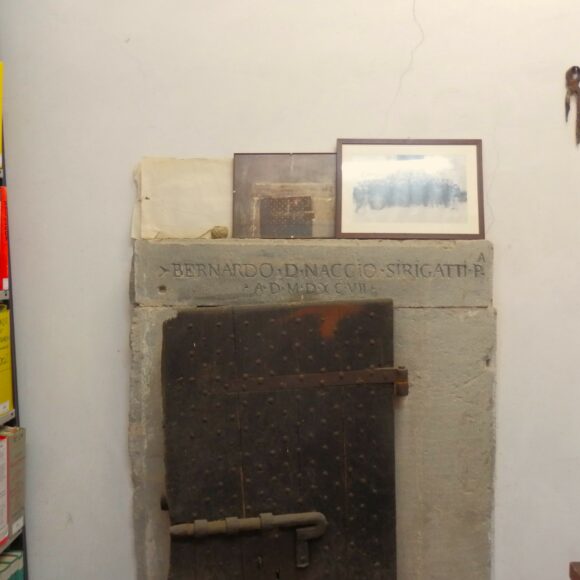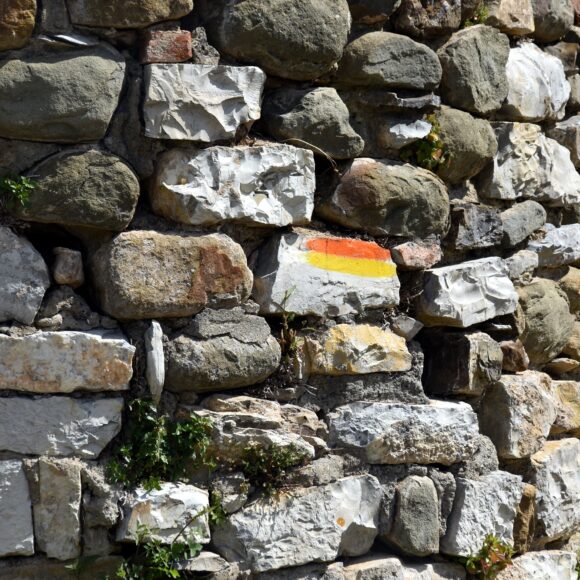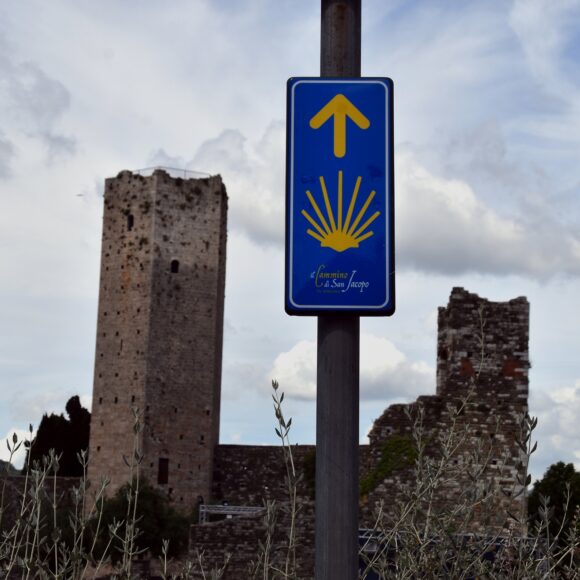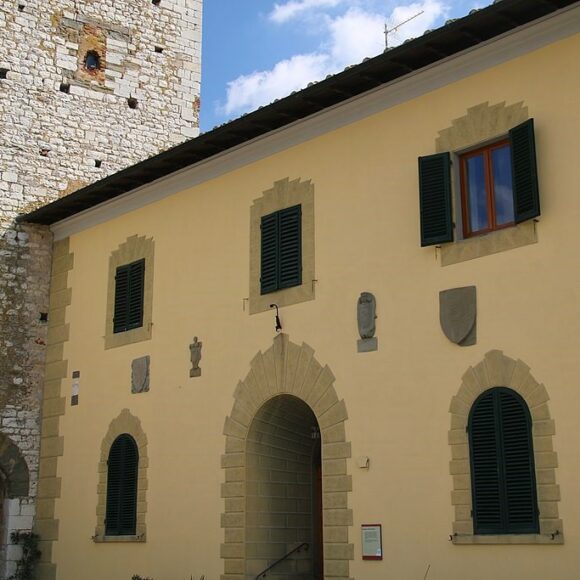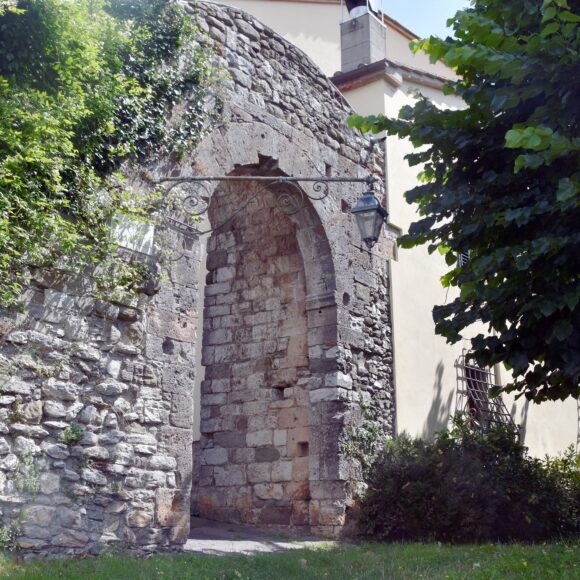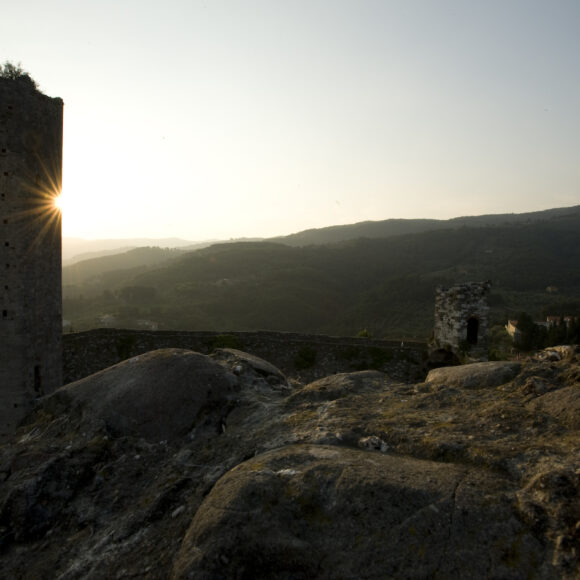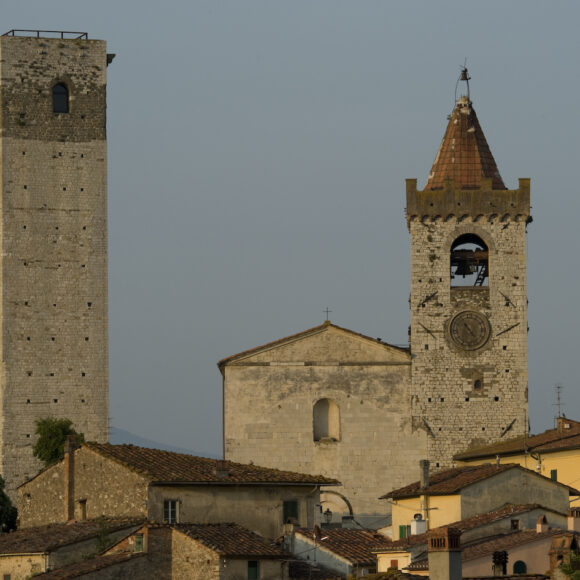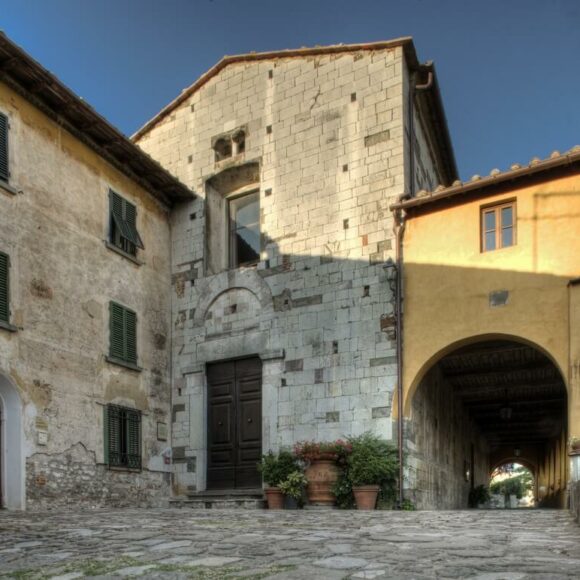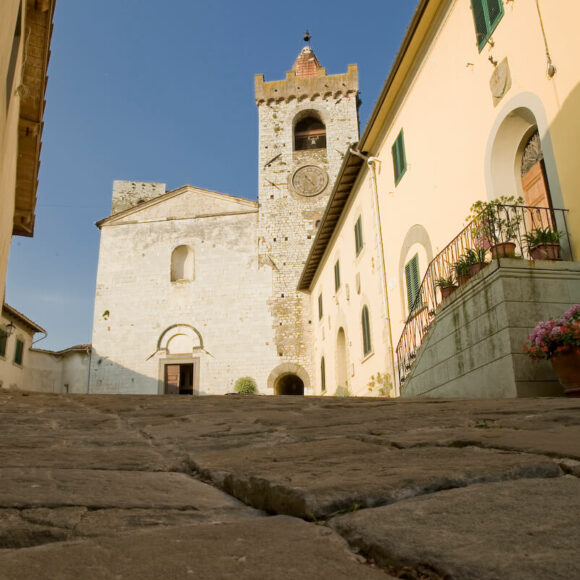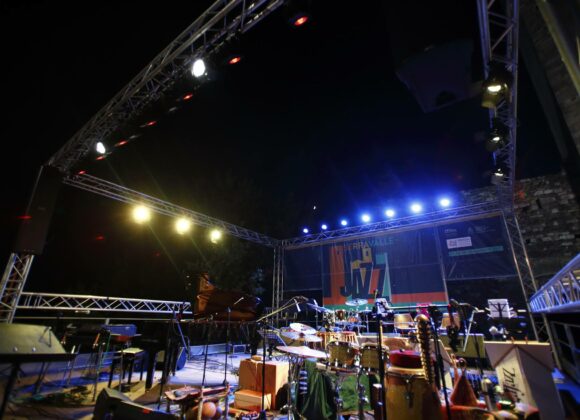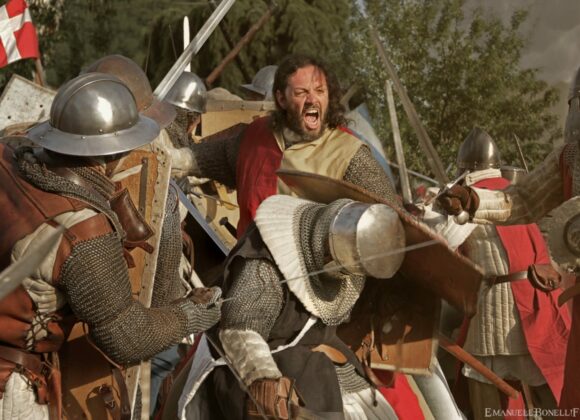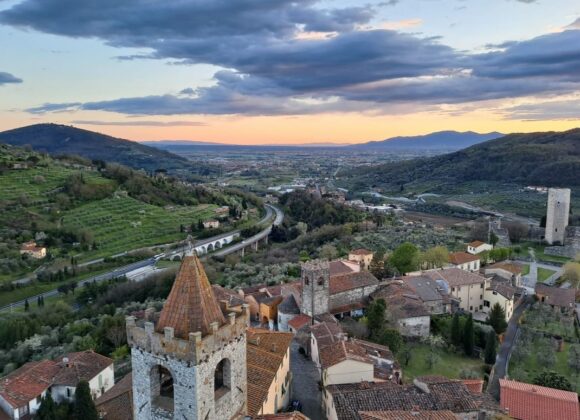Former Oratory of the Compagnia della Vergine Assunta
House of figures
Serravalle Pistoiese
Home / Discover / Serravalle Pistoiese / Former Oratory of the Compagnia della Vergine Assunta
A masterpiece of late 14th-century Pistoian painting, the building serves as a captivating museum and representative space.
In front of the lateral portico of the Church of Santo Stefano, the Former Oratory of the Compagnia della Vergine Assunta is a masterpiece of late 14th-century Pistoian painting, known to the inhabitants of Serravalle as the “house of figures”.
The oratory is a small building that has changed its identity over the centuries. After being used from the 14th century as an oratory and meeting place for the Compagnia della Vergine Assunta, in 1789, following the suppression of religious societies and oratories ordered by the Bishop of Pistoia, Scipione de’ Ricci, the building was converted into a private residence.
Its precious paintings remained hidden for centuries under the plaster until the late 1980s, when some sacred images resurfaced during restoration work.
Today, the entire building serves as a charming museum and representative space, managed by the Municipality of Serravalle Pistoiese. Following a careful restoration campaign, an interesting, albeit fragmentary, cycle of frescoes has been uncovered.
Interior
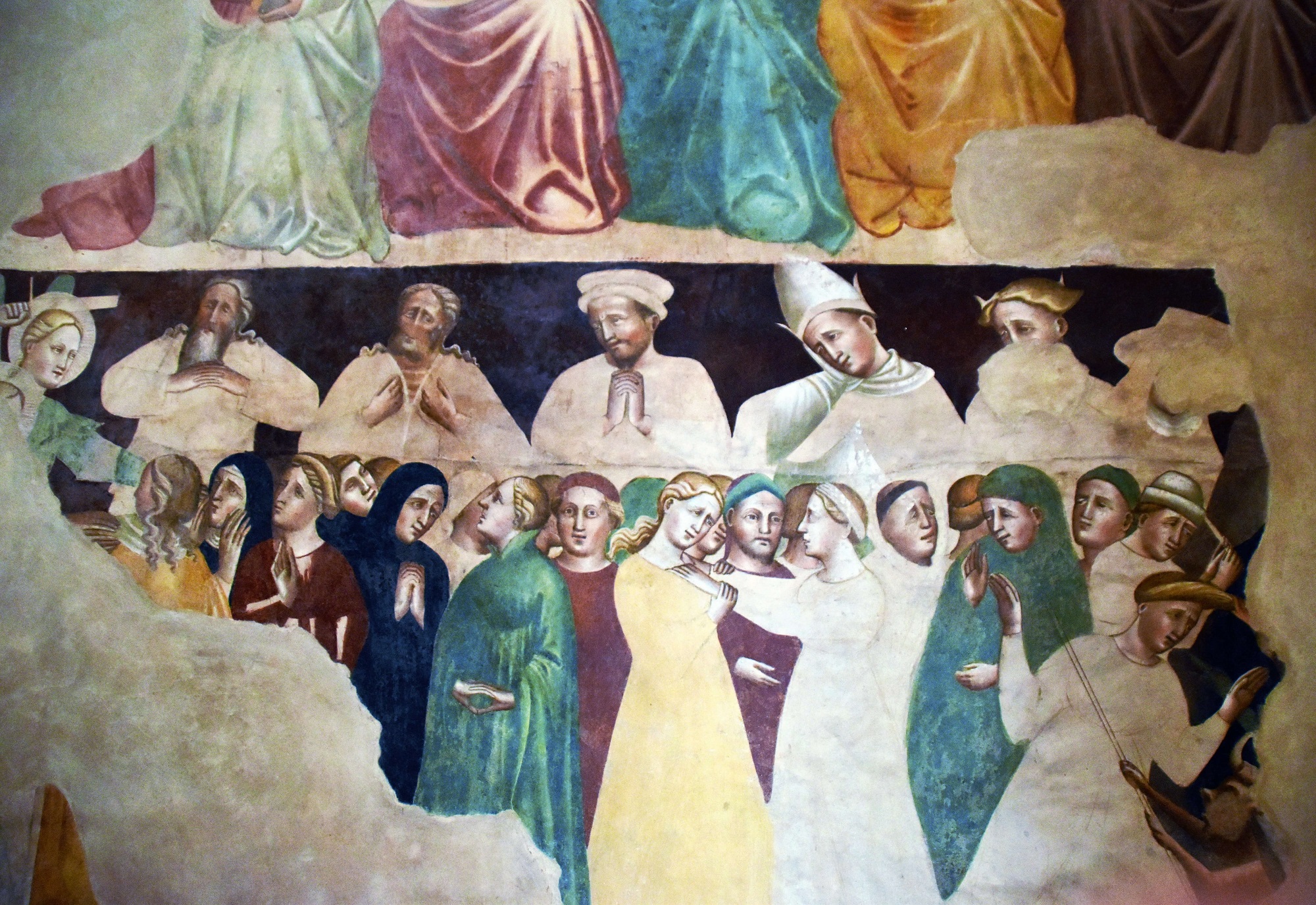
On the back wall, in the upper register, the Crucifixion with the Jews is depicted, while on the right wall, we find the Last Judgment, and on the left, scenes from the Passion of Christ. On the counter-facade, the sinopia with the Dormitio Virginis remains, and above it, the Ascension of Mary into Heaven, which gave the building its name.
In particular, the Last Judgment presents a monumental scene with Christ the Judge at the center, divided into three registers: the lower register illustrates the damned under the control of the Archangel Michael. In the middle register, we can admire the Apostles holding scrolls and their symbols. Finally, in the upper register, the Madonna is depicted as the Merciful Mother, with Jesus preceded by angels in flight, bearing the symbols of the Passion.
These are figures of high quality and evocative suggestion, attributed to Sano di Giorgio, a Pistoian artist of the late 14th century in the Giottesque style, and Master of the Bracciolini Chapel in Pistoia.
Entry
Experience the territory


